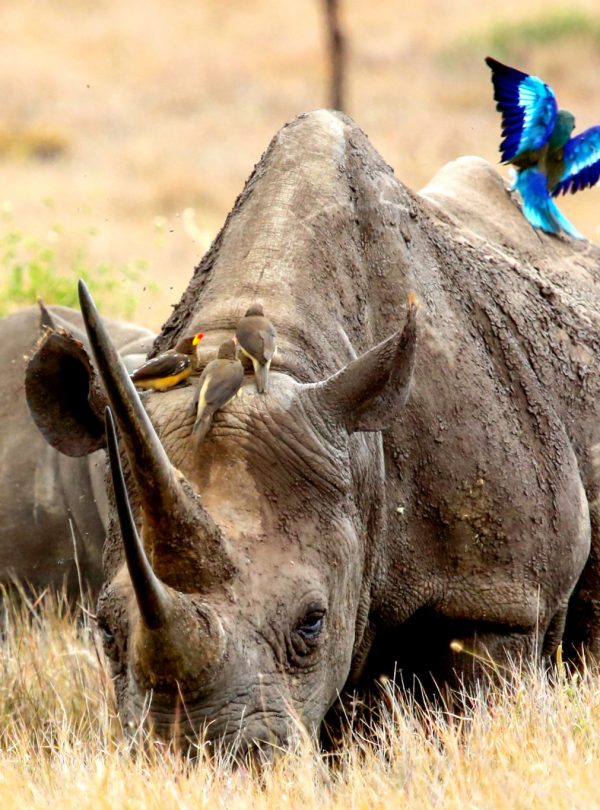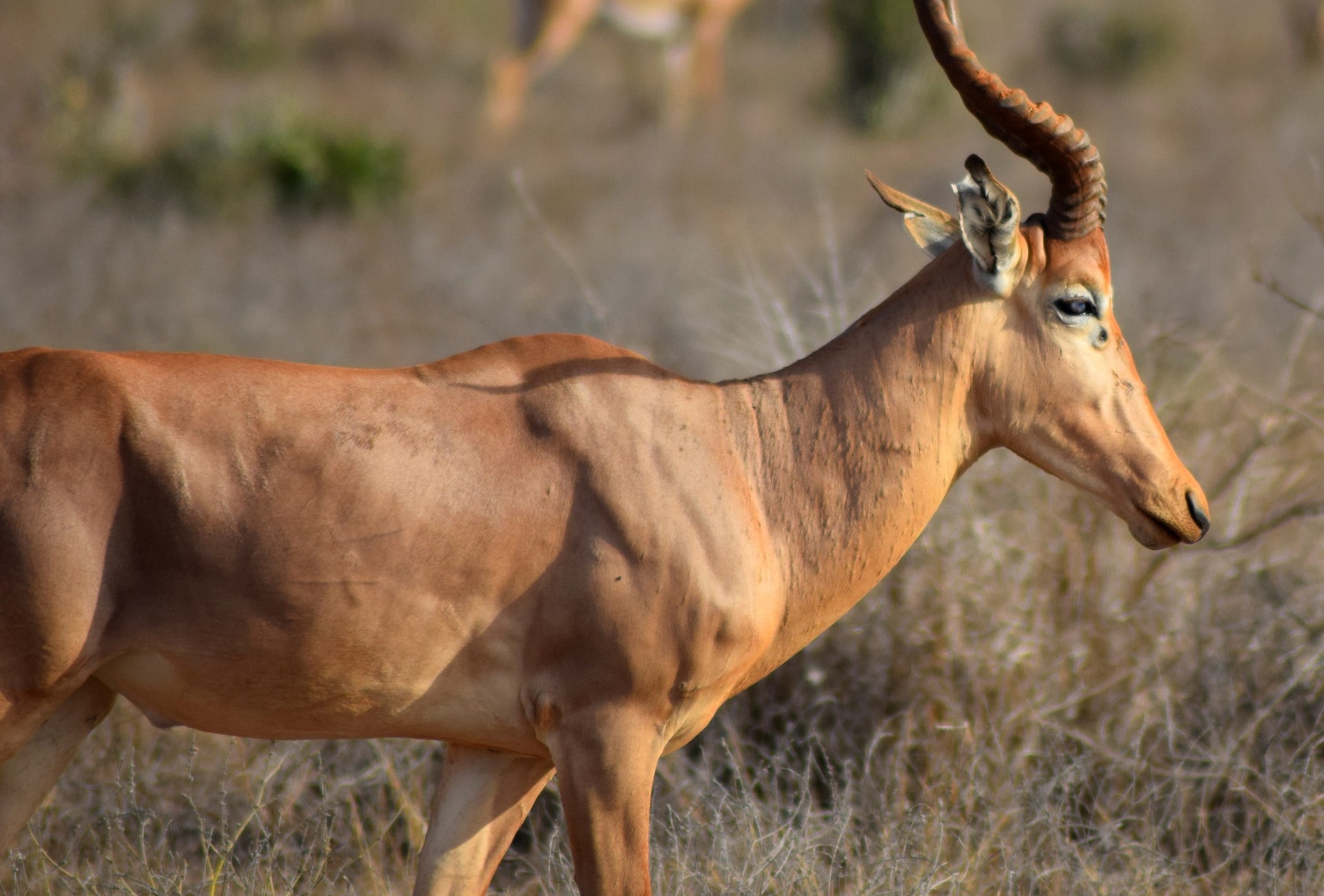
Refuge for World’s Most Endangered Antelope
Support More Work Like ThisSupport More Work Like ThisIn the dry acacia savannas along the southeastern Horn of Africa lives the world’s rarest antelope – the Hirola.
-
Species at Risk
6 species
-
Carbon stored
Not available for this project*
*(metric tons of CO2 equivalents) -
Partner
Hirola Conservation Program
-
1,258,921 Proposed Acres Conserved by
Designation
-
Project Cost: $794,200
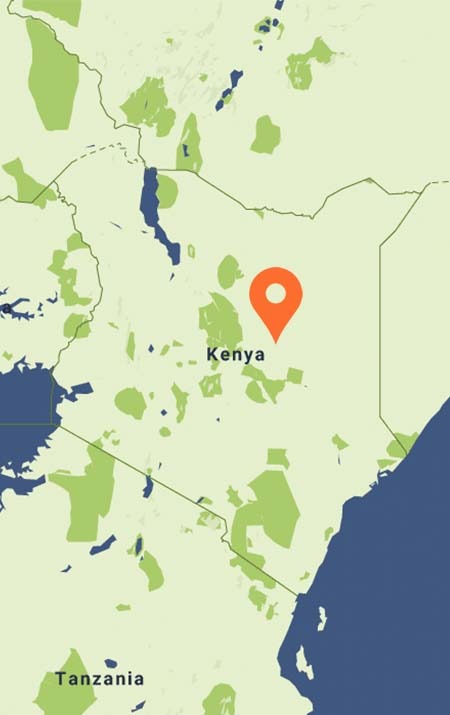
1,258,921
In the dry acacia savannas along the southeastern Horn of Africa lives the world’s rarest antelope – the Hirola.
-
Species at Risk
6 species
-
Carbon stored
Not available for this project*
*(metric tons of CO2 equivalents) -
Partner
Hirola Conservation Program
-
1,258,921 Proposed Acres Conserved by
Designation
-
Project Cost: £575,507

1,258,921
These elegant and graceful antelope have recently been identified by the EDGE (Evolutionarily Distinct and Globally Endangered) project as one of the top-10 focal species in imminent risk of extinction. Despite being designated as a protected species in Kenya since the 1970s, their numbers have declined by more than 95% since 1976. Today, without protection of their remaining habitat and a concerted effort by the conservation community, the Hirola may no longer exist.
Native to the arid bushlands and savannas along the Southern borders of Kenya and Somalia, the Hirola is now only found in Kenya in a few isolated areas. These areas are critical habitat not only for the Hirola, but many other endangered African wildlife including African Wild Dogs, Grevy’s Zebra, Elephants, Lions, several antelope species and a variety of other animals. Despite the great conservation value of these areas, they remain unprotected.
To survive, the Hirola needs urgent protection and Rainforest Trust is working with local partner The Hirola Conservation Programme to create two new wildlife reserves that together will protect 1,258,754 acres vital to the species. These new reserves will not only safeguard the remaining Hirola population but will help it recover by re-establishing a free ranging population between protected areas. Importantly, these reserves are led by the community and will lay the foundation for the long-term process of protecting and restoring habitat vital for the survival of the species.
With a global population numbering less than
the Hirola is the world’s most endangered antelope species.
Explore Kenya
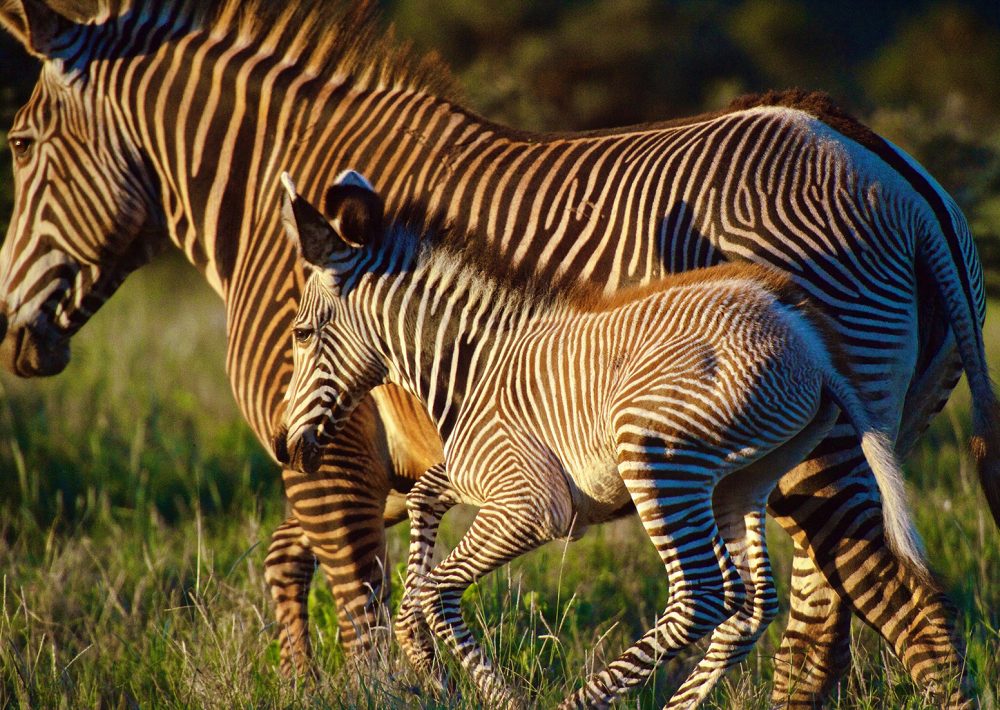
Grevy's Zebra, Lewa Wildlife Conservancy, Kenya/Martin Buzora
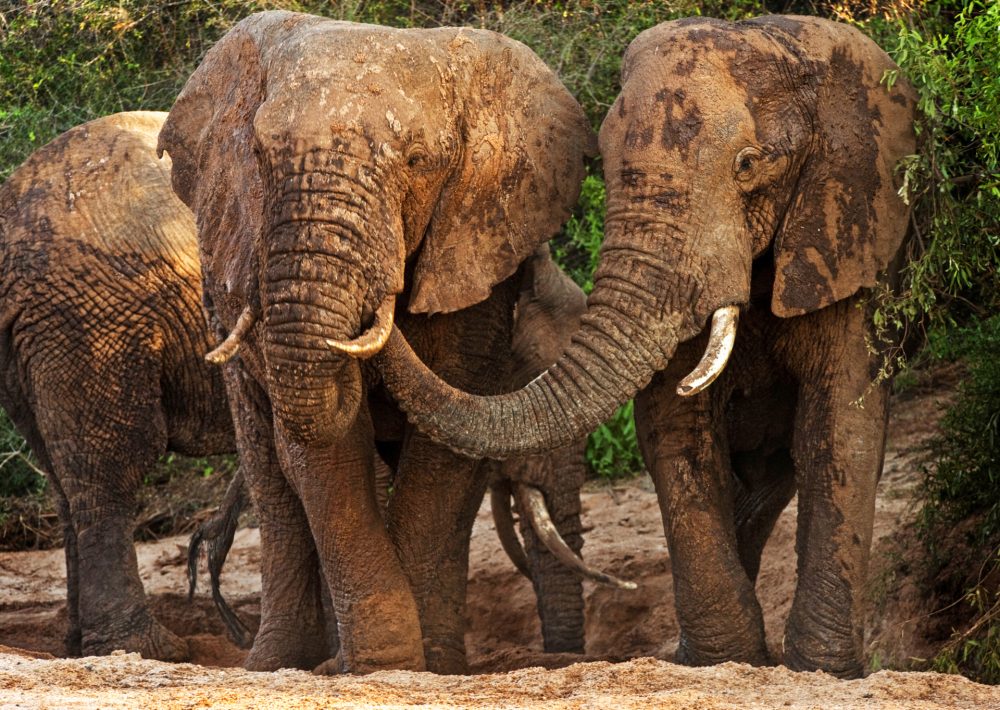
Elephants drinking in wells in the dry lugga of Serolipi River.
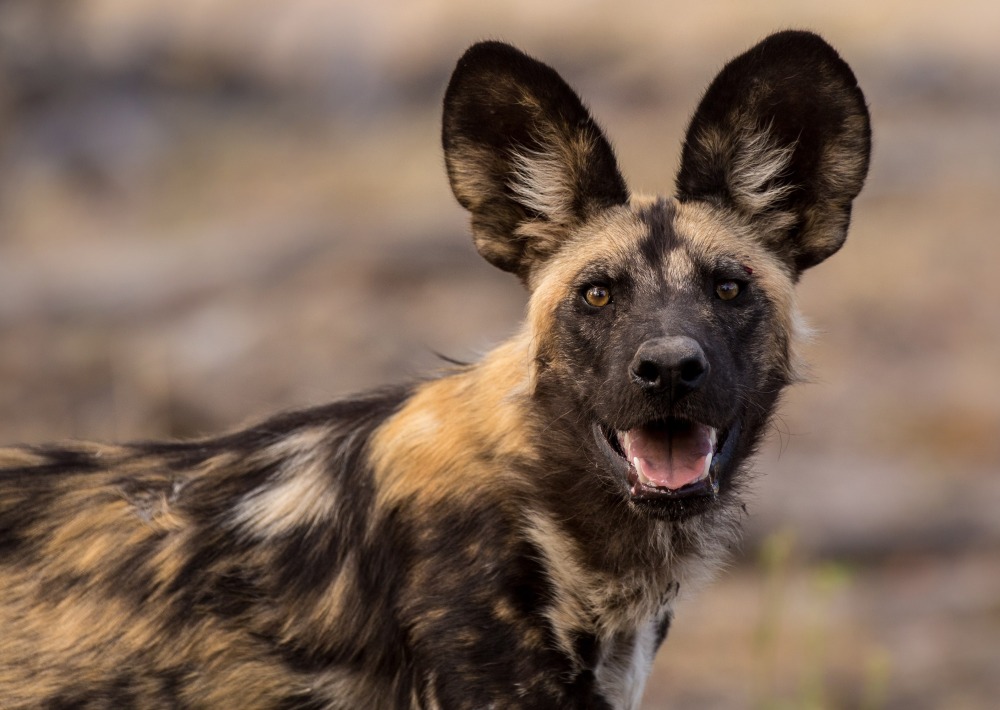
The Endangered African Wild Dog, by William Steel
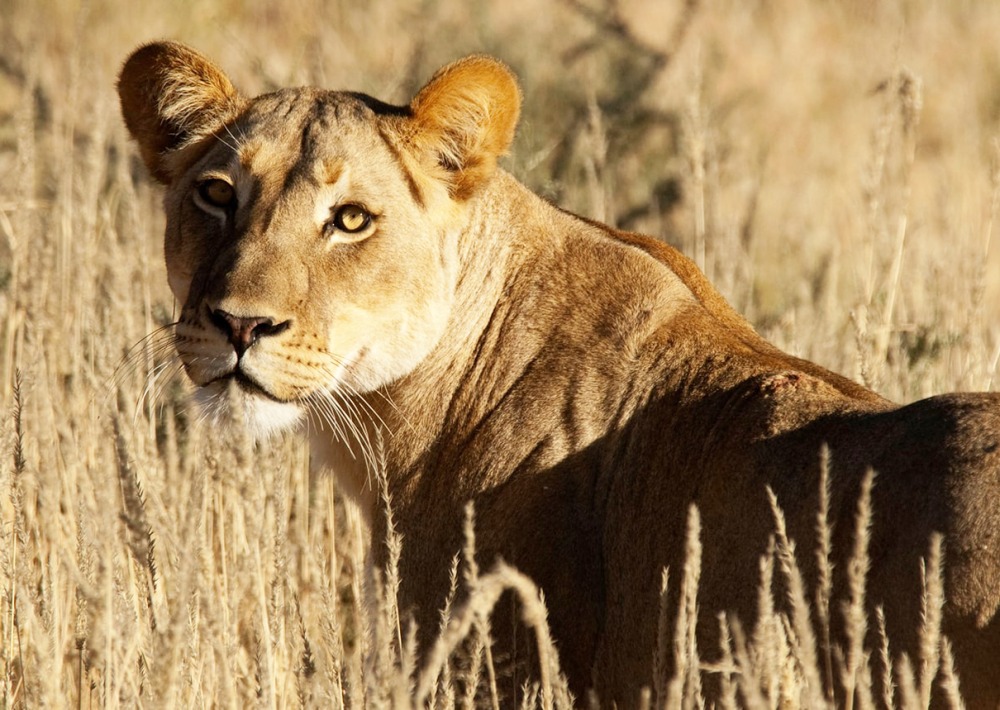
The Vulnerable Lion, by Great Stock
The surviving Hirola population is threatened primarily by habitat loss and competition with livestock. Drastic declines in local elephant populations allowed trees to take over grasslands, and simultaneously, overgrazing eliminated grass cover. These changes have left much of the landscape unsuitable for Hirola, which need high quality grassland to survive.
These areas are critical habitat not only for the Hirola, but many other African species including Endangered African Wild Dogs, Grevy’s Zebra, Elephants, Lions, and several rare antelopes such as the Coastal Topi. Additionally, the entire area lies within the Greater Horn of Africa biodiversity hotspot, renowned for its high levels of endemism and biological diversity. Unfortunately, the Horn of Africa remains amongst the most poorly protected of the Earth’s biodiversity hotspots.
These factors, together with a lack of local involvement and international assistance, have hampered conservation efforts in the past. New and intensive conservation efforts that combine habitat protection, livestock exclusion and grassland rehabilitation are needed to save this rare antelope.
Despite being the last stronghold for the world’s remaining Hirola population, much of the proposed project area remains unprotected. To save this vital habitat for the Hirola and a plethora of other African wildlife, Rainforest Trust is working with local partner The Hirola Conservation Programme to create two new wildlife reserves that together will protect 1,258,754 acres vital to the species.
In addition to land protection, HCP will work with local communities to employ and train 50 Hirola rangers that will provide continuous security and patrols around the new protected areas, including livestock-free core areas. Furthermore, HCP is developing an integrated management plan for the entire area through collaboration with the Garissa County government with the ultimate goal to save the Hirola from extinction through community based conservation and a series of goals that build on each other through long-term partnership with local communities and international organizations. The establishment of these two new reserves will not only safeguard the remaining Hirola population but will help it recover by re-establishing a free ranging population between protected areas. Importantly, these reserves are led by the community, and will lay the foundation for the long-term process of protecting and restoring habitat vital for the survival of this irreplaceable species.
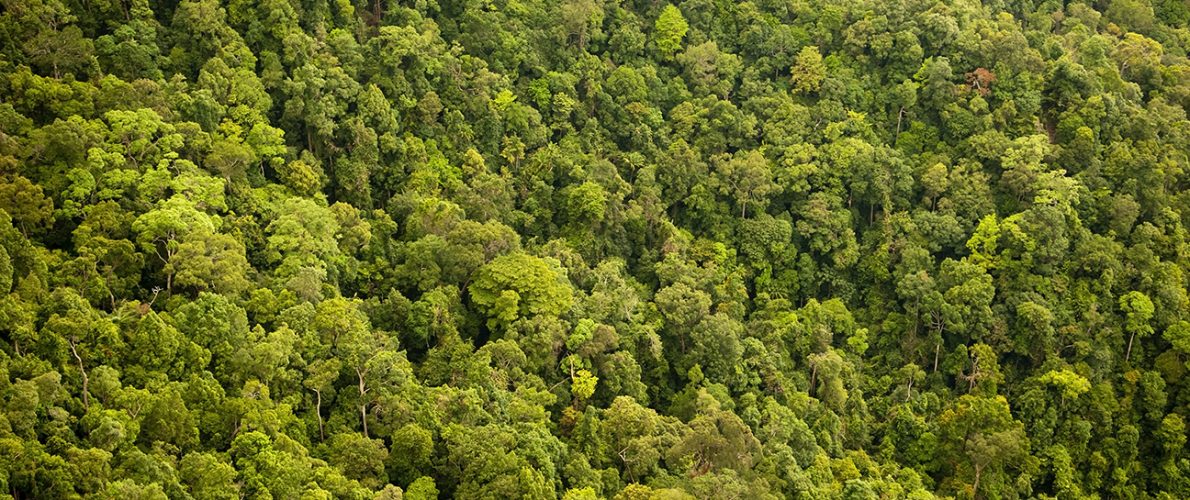
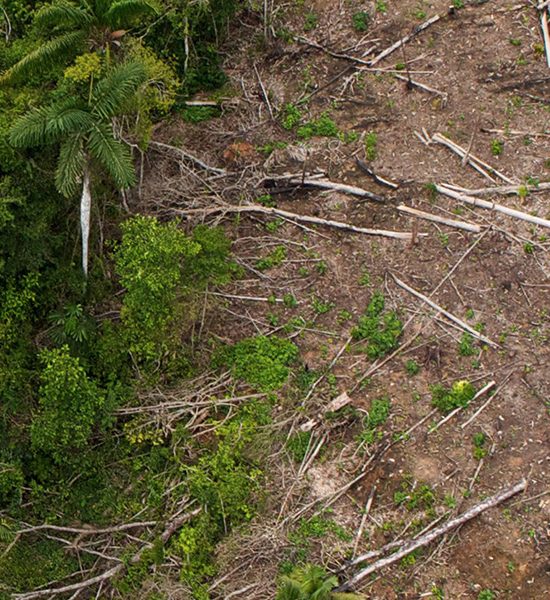
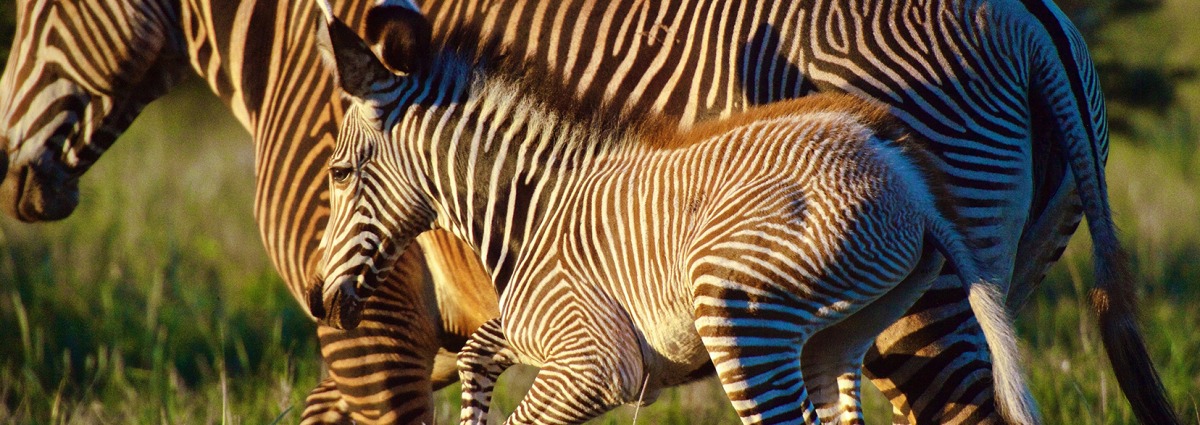
Partnering to Save Species and Habitat
Our partners’ ability to work with their governments and build strong connections with local communities ensures the successful implementation of our projects.
Learn More About This PartnerLearn More About This Partner
